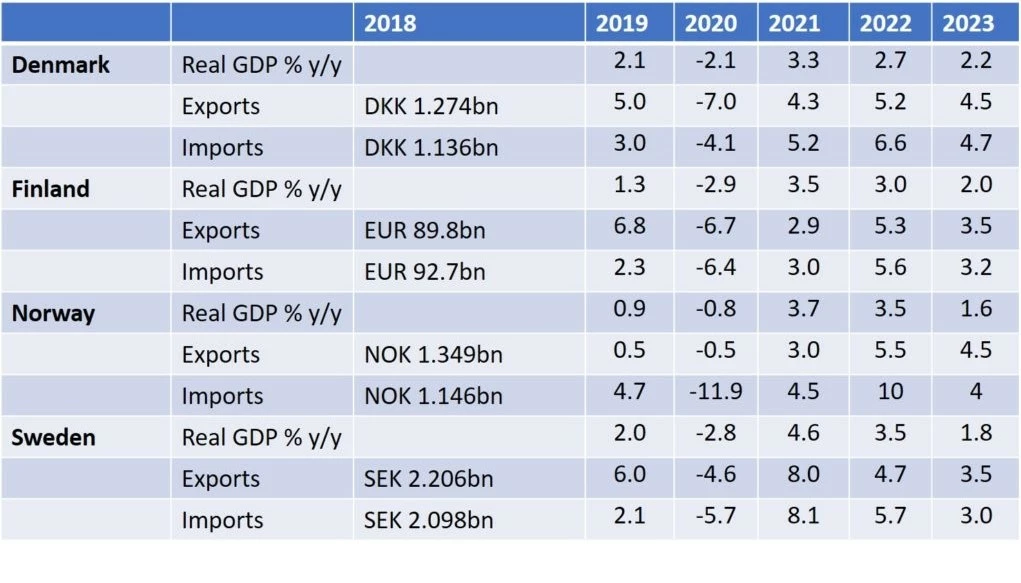
As the early days of autumn set in across Europe, many businesses who will soon start their 2022 planning process in earnest are faced with a dilemma. On one hand there is encouraging news that has emanated out of European capitals over the last few months regarding decreasing infection rates and reduced restrictions from the ongoing COVID-19 pandemic. On the other there is the unknown impact winter may have on the resurgence of the virus.
What is clear right now though is that global supply chains and trade continue to be impacted by a combination of factors including shortages and longer lead times across many consumer goods. This is having a direct impact today on businesses and consumers and can be seen in products as diverse as the increasing prices of used cars and semiconductor shortages to concerns about product availability in the run up to the important winter holidays and Christmas trading period.
It is easy to overlook that today’s dislocation and fragility in global supply chains originates not just from the global COVID-19 pandemic of the last 18 months but from a combination of political, economic and technological factors which began to impact the global trade ecosystem well before the emergence of COVID-19.




